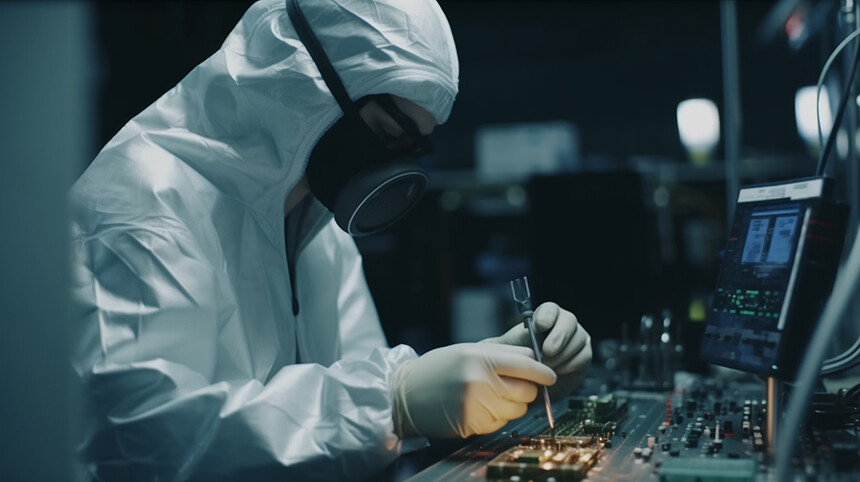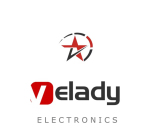|
What are the top ten commonly used electronic components?What are the top ten commonly used electronic components?Electronic components are fundamental building blocks in electronic circuits and systems. They perform various functions such as amplification, rectification, switching, and many more. In this article, we will explore the top ten commonly used electronic components and their applications.
1. Resistors Resistors are passive electronic components that oppose the flow of electric current. They are used to control the current in a circuit, adjust signal levels, divide voltages, bias active devices, and terminate transmission lines, among other uses. Resistors come in various sizes, shapes, and values, allowing for precise control over circuit parameters. 2. Capacitors Capacitors are electrical devices that store electric charge. They consist of two conductors separated by an insulator, creating an electric field between them. Capacitors are widely used in electronic circuits for various functions, including coupling, decoupling, filtering, and timing. Different types of capacitors are available, such as electrolytic, ceramic, tantalum, and film capacitors, each with its unique properties and applications. 3. Inductors Inductors, also known as coils or chokes, are passive two-terminal electrical components that store energy in a magnetic field when electric current flows through it. They are commonly used in electronic filters to separate signals of different frequencies and in power supplies to reduce voltage ripple. Inductors come in various sizes, shapes, and inductance values to suit different circuit requirements. 4. Diodes Diodes are two-terminal electronic components that conduct current primarily in one direction. They are made of semiconductor materials such as silicon or germanium and are widely used in rectification circuits, voltage regulation, and signal modulation. Diodes come in various types, including rectifier diodes, switching diodes, Zener diodes, and Schottky diodes, each designed for specific applications. 5. Transistors Transistors are semiconductor devices used to amplify or switch current and voltage in electronic circuits. They consist of three terminals: the base, collector, and emitter (in the case of bipolar junction transistors, BJTs) or gate, drain, and source (in the case of field-effect transistors, FETs). Transistors are crucial components in amplifiers, oscillators, and digital circuits. 6. Integrated Circuits (ICs) Integrated circuits, or ICs, are miniaturized electronic circuits etched onto a single silicon chip. They combine multiple transistors, resistors, capacitors, and other components into a single package, enabling complex electronic systems to be built with much smaller footprints. ICs are used in various devices, from computers and smartphones to audio equipment and industrial controllers. 7. Crystals and Oscillators Crystals and oscillators are used to generate precise frequencies in electronic circuits. Quartz crystals, in particular, are widely used in clocks, radios, and other devices that require accurate timing. Oscillators, on the other hand, convert direct current (DC) from a power supply into an alternating current (AC) signal of a specific frequency, essential for many electronic devices to operate correctly. 8. Relays Relays are electrically operated switches that control a circuit by opening and closing contacts in another circuit. They are used in various applications, including automotive, industrial, and home automation systems, to automatically regulate the flow of electricity. Relays can handle high currents and voltages, making them suitable for controlling powerful devices. 9. Fuses Fuses are sacrificial devices designed to protect circuits from excessive current. They consist of a metal wire or strip that melts when too much current flows through it, thereby breaking the circuit and preventing damage to other components. Fuses are rated for specific current and voltage values and are crucial safety devices in electronic systems. 10. Switches Switches are devices that control the flow of electricity in a circuit by opening or closing contacts. They come in various types, including toggle switches, push-button switches, and rotary switches. Switches are used in almost every electronic device to turn power on or off, select modes, or control other functions. In conclusion, these ten electronic components are essential building blocks in modern electronics. They enable the design and implementation of complex circuits and systems, from simple consumer electronics to advanced industrial and medical equipment. Understanding the function and application of these components is crucial for anyone working in the field of electronics. As technology continues to advance, these components will evolve and improve, enabling even more innovative and powerful electronic devices in the future. |






